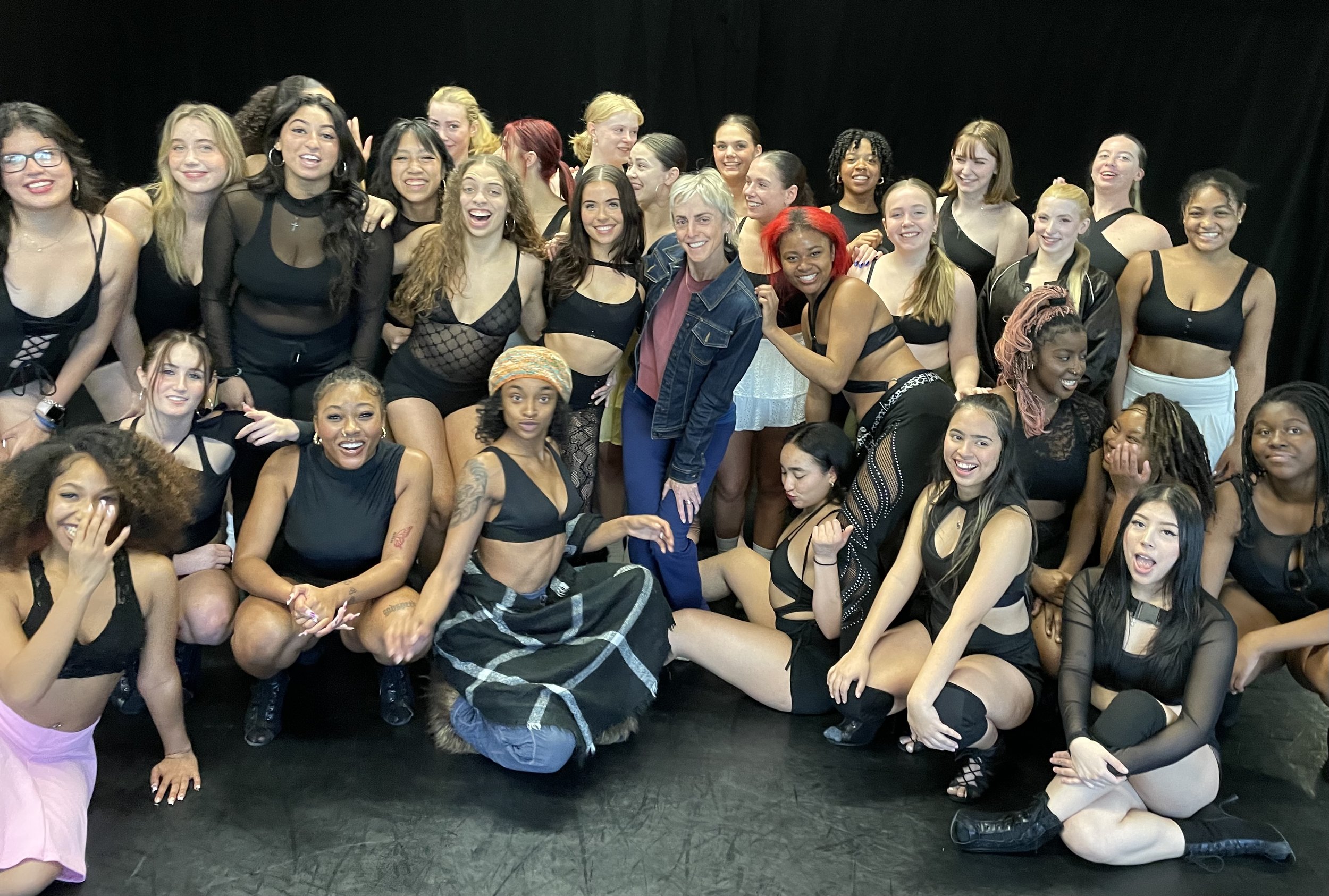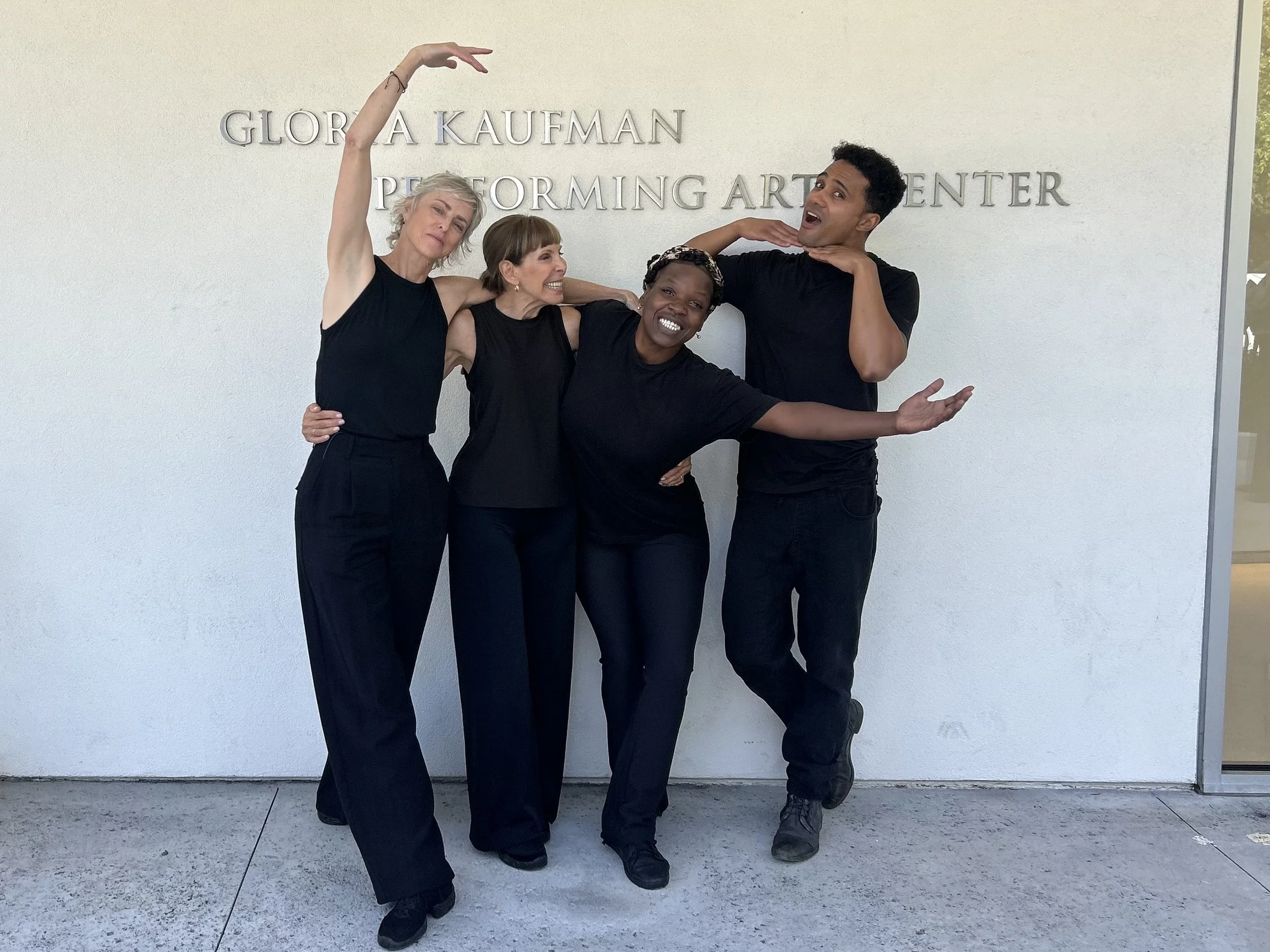As a practice, dance reflects curiosity, humanity, and dedication. I was introduced to these ideas in my early days of movement classes taught from a small studio at the back of a strip mall in Colorado. I entered the amazing world of dance through ritual, imagination, and enhanced creativity, all of which informed my journey and grounds my current practice.
My teaching philosophy is rooted in the joy and complexity of exploring our bodies in all their diversity. I value individuality and see difference as a powerful source of creativity. In my classes, dance becomes more than movement—it’s a way to imagine new possibilities, celebrate many forms of beauty, and make life more meaningful through the shared experience of the moving body.
As a loyal ally for disability rights in the arts, I approach every class with a commitment to inclusivity, shaped by my work with the Parkinson’s and physically integrated dance communities. I create space for all movers, regardless of background or ability to participate fully and discover the joy of movement. Together we explore balance, rhythm, gait, and connection, while also noticing the internal shifts in perception, emotion, and identity that movement can spark. For me, dance is more than steps; it’s a way to experience joy, resilience, and curiosity, qualities I aim to share in every class and creative process.
Dancing Through Parkinson’s
Invertigo Dance Theatre’s Dancing Through Parkinson’s (DTP) program has sparked a sense of community through the power of dance. DTP has been an important catalyst in creating a safe environment for physical activity, social interaction and mental stimulation. Our dancers show up to move, create, laugh, and share their best selves. The structure of the Dancing Through Parkinson’s program demonstrates how the principles of a dance class can become the foundation to success in daily living.




